The 26th edition of Artissima, taking place at the Turin Oval from October 31 to November 3, 2019, will for the nineteenth consecutive year present to the public the Present Futuresection , dedicated to emerging talents on the international art scene. For nineteen years, Present Future has been one of the benchmarks for discovering who the artists of tomorrow will be. This year there are twenty artists in the exhibition: we had them introduced to us, one by one, by Ilaria Gianni, an independent curator, who serves this year as coordinator of Present Future ’s curatorial committee . The interview is curated by Ilaria Baratta.
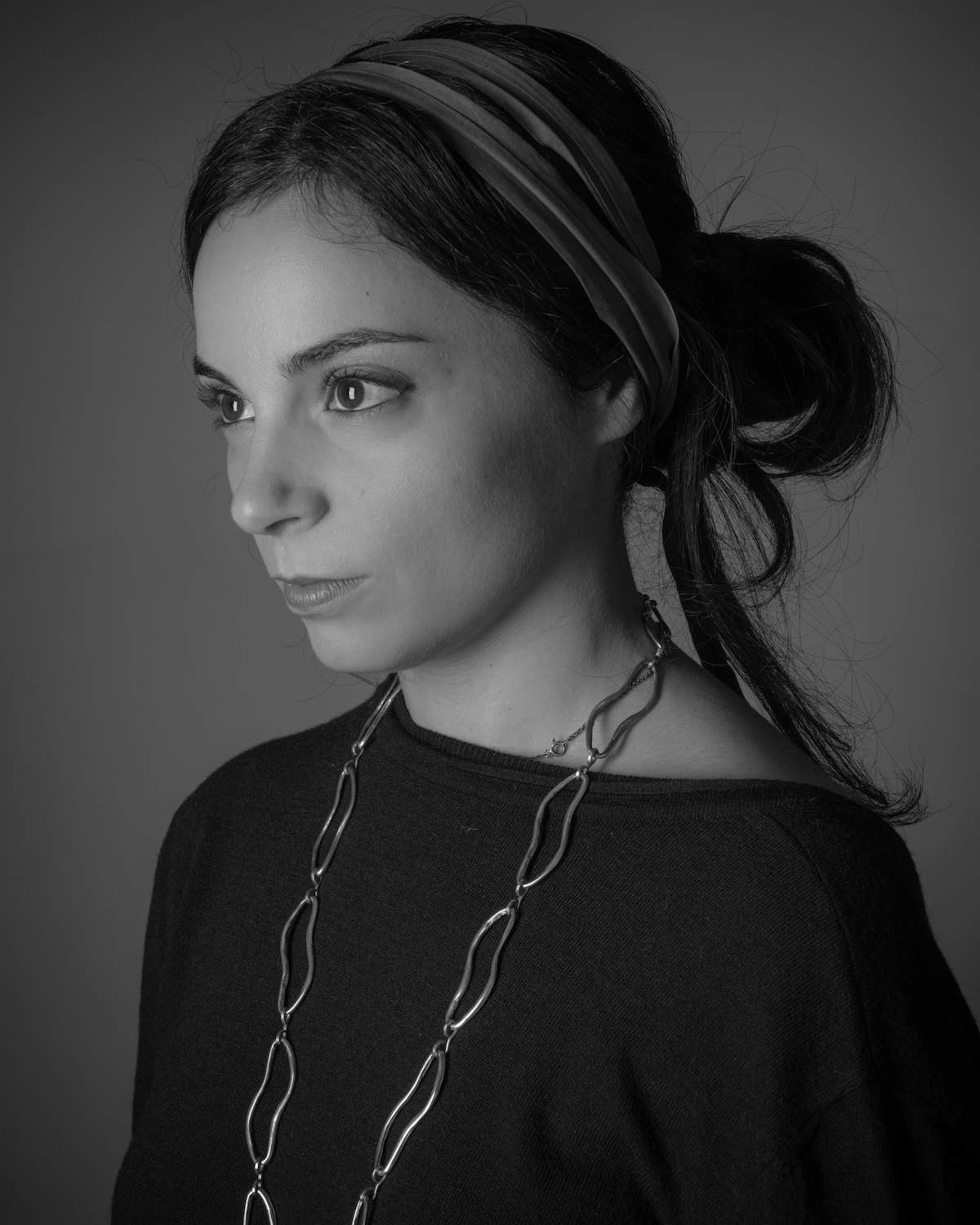 |
| Ilaria Gianni. Ph. Credit Marco Rapaccini |
IB. Also in this edition of Artissima, for the nineteenth consecutive year, the Present Future section aims to present the unpublished projects of emerging artists, helping to introduce new talents to the public. How much do you think participation in a fair, and in particular Artissima, influences an emerging artist’s career? Like every year, the winner of the illy Present Future Prize supported by illycaffè will have the opportunity for an exhibition at the Castello di Rivoli. Last year the prize was awarded to Pedro Neves Marques, and in fact, in conjunction with Artissima 2019, his solo show will be held at the museum. A great opportunity...
IG. Present Future is a major opportunity for an emerging artist. Many understand it as a key moment in their career. The confrontation with a wide audience, the relationship with the other artists in the section, and the prestige of a fair like Artissima, constitute a desirable challenge and a unique opportunity for growth for a young artist’s career path. The illy Present Future Prize, in partnership with the Castello di Rivoli, a museum internationally recognized as an excellence in the field of contemporary art, allows one of the artists to dialogue with an institutional space, a remarkable achievement for those emerging researches, which have fewer opportunities to confront such realities.
In your opinion, has there been any change in the relationship between emerging artists and art fairs? What advice would you give to a new talent entering the art world?
I believe in the first place in study, in dialogue, in building a coherent research, a discourse capable of anchoring itself in the time we live, interpreting it or questioning it. An emerging artist in my opinion must first focus on developing his or her own identity and then confront an exhibition space and especially the viewer, with the understanding that every public occasion is a questioning of the self. The fair is certainly an opportunity for broad visibility but not necessarily the first useful context for the growth of a young artist.
This year the works of twenty artists presented by 22 galleries from both Italy and abroad will be exhibited. According to what criteria were the featured artists and their works selected?
The selection criteria adopted took into consideration the quality and diversity of the artists’ creative approaches, which, with their various practices, underscore the responsibilities of the visual arts in drawing a lasting and coherent portrait of the complexities of our time. Including artists from diverse backgrounds, each with their own individual language, Present Future will present a stimulating selection of works that reflect on our shared contemporaneity.
What kind of works will we see in this edition of Present Future? Can you give us some previews?
The artists hosted at Present Future all address pressing issues that are often marginalized by making use of disparate media. Artist-activist aaajiao offers an aesthetic and anthropological survey of the Internet, reflecting on the concepts of freedom and censorship. Cristina Garrido’s research focuses instead on the art system, whose methods and processes she critically analyzes, raising questions of hegemony, legitimacy and value. Approaching the topic from another perspective, Anna Franceschini’s moving contraptions investigate the meaning of presentation in exhibition contexts, emphasizing the lambivalence of a work trapped between its economic status and its imaginative essence. The concept of cultural hegemony is also analyzed by Débora Delmar, whose practice addresses the social effects of globalization, focusing on coffee as a manipulated symbol of colonial history. Working closely with peasant communities in Colombia, Marcos Ávila-Forero is committed to spreading the models and voices of resistance. Systems of control are also central to the work of Ella Littwitz, who examines the construction of territorial boundaries, their influence on individual lives and, consequently on the sense of belonging. An intimate approach to the idea of displacement is instead proposed by Stéphanie Saadé, whose practice poetically addresses the overlap between personal experience and historical facts in works that evoke universally recognized subjects. Proposing a new dimension of narrative, Augustas Serapinas empathetically relates to the spaces she experiences and the subjects she encounters, making works that re-imagine and complicate ideas of memory and a constructed sense of identity.
The definition and representation of a shared and personal memory is another dominant aspect of the works exhibited at Present Future. Like a modern alchemist, Namsal Siedlecki brings back traditions that are in danger of falling into oblivion, thus activating a symbolic dialogue between different eras. Ian Waelder explores the potential of discrete practices, using discarded objects and detritus as poetic artifacts and reactivating them in new contexts. The enigmatic aspects of the collective unconscious are at the center of Isa Carrillo’s poetics, which combines mysticism and memory to evoke ancestral ways of generating knowledge. Contemporary commitment to a politics of identity is evident in the videos of Puck Verkade, who tells stories from alternative perspectives, addressing (with a humorous approach) issues of cultural identity, gender and sexuality. Aware of the cultural crossroads produced by increasing globalization, Juanario Jano intersects fiction and reality to explore the body and its depiction. Focusing on the reinterpretation of the history of female representation, Larisa Crun&539;eanu instead invites the viewer to reconsider the formation of memory and identity. The investigation and interpretation of everyday life continue to be the key elements of the interactive installations through which Opavivará aims to generate perceptual and political shifts in the universe of relationships and trigger new possibilities for shared experiences. Anna-Sophie Berger, on the other hand, is interested in the critical understanding of everyday life from the semantic ambivalence of objects. Juan López’s sculptures address the relationship between architecture and linguistics. Avoiding the direct production of meaning, Caterina Silva’s paintings are abstract portraits of space that highlight the adequacy of language to define reality. Focusing on the coexistence between man and nature, Lu Song’s works are fantastical and surreal paintings that evoke the tradition of landscape painting by proposing a new visual experience. A more proximate landscape is at the center of Mercedes Mangrané’s paintings, which recount the decay of her immediate urban landscape. Present Future aims to be an open and up-to-date portrait of the vigorous ongoing discussion among emerging practices in the visual arts that the audience is invited to discover!
 |
| Januario Jano, Ilundu: Anthology (2019; inkjet on 100 percent cotton paper, 46 x 204 x 3 cm). Courtesy Primo Marella Gallery |
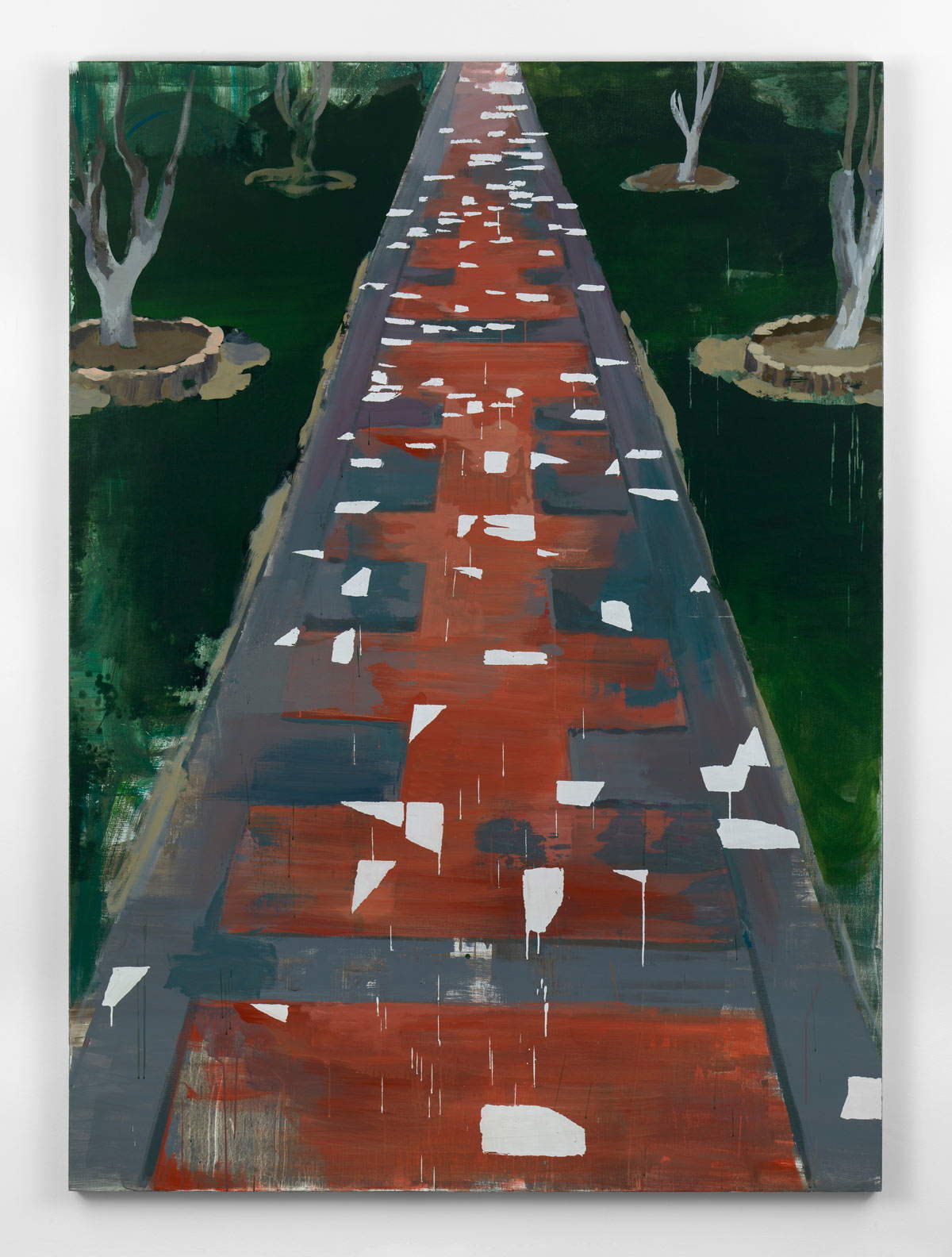 |
| Lu Song, Patterns (2018; acrylic and latex on canvas, 250x180 cm). Courtesy Massimo De Carlo. Photo: Todd-White Art Photography |
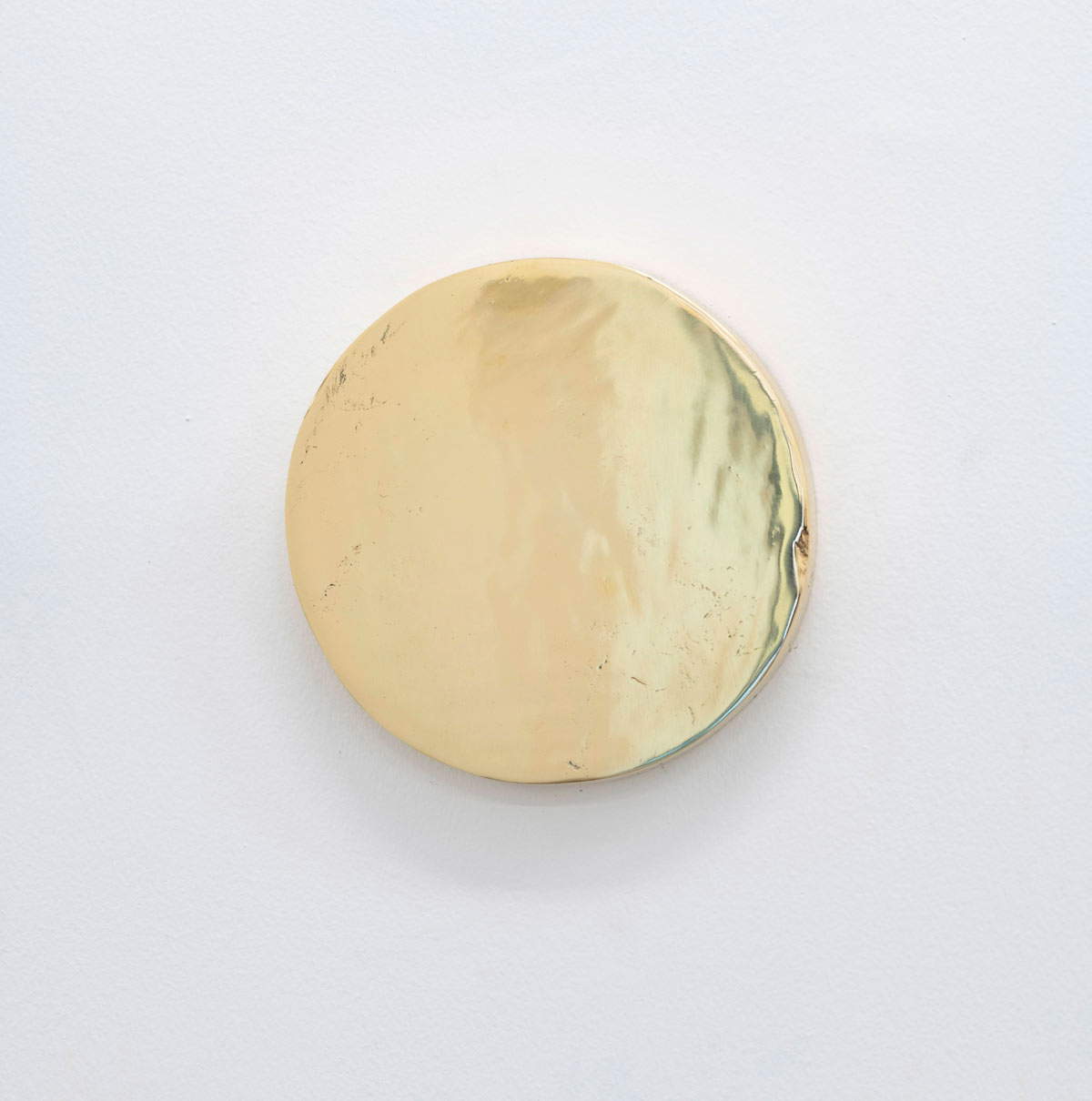 |
| Namsal Siedlecki, Them (1466) (2019; octone, 23 x 3 cm diameter). Courtesy The artist and Magazzino. Photo: Giorgio Benni |
 |
| Cristina Garrido, Label Paintings - Italy (Rivoira) (2019; acrylic and oil on canvas, 49.5 x 67 x 3 cm). Courtesy of the artist and LMNO |
 |
| Débora Delmar, Exclusive Providers (White Marble Stacked Chairs) (2019; hydroprint on polypropylene, 102 x 54 x 44 cm). Courtesy GALLLERIAPIU and the artist. Photo: Stefano Maniero |
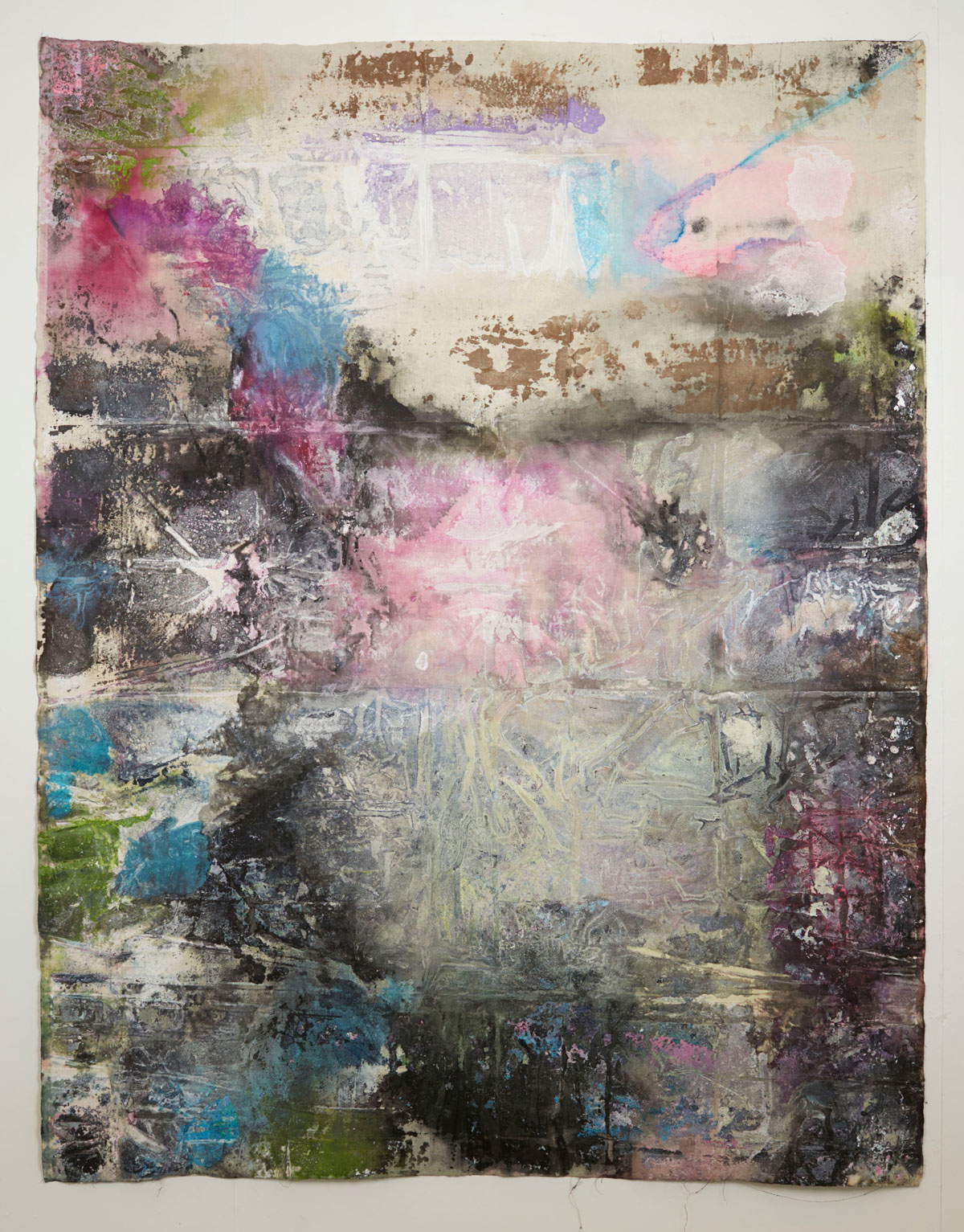 |
| Caterina Silva, Autobiography of a new landscape III (2019; mixed media on canvas, 200 x 140 cm). Courtesy The artist and Bosse & Baum |
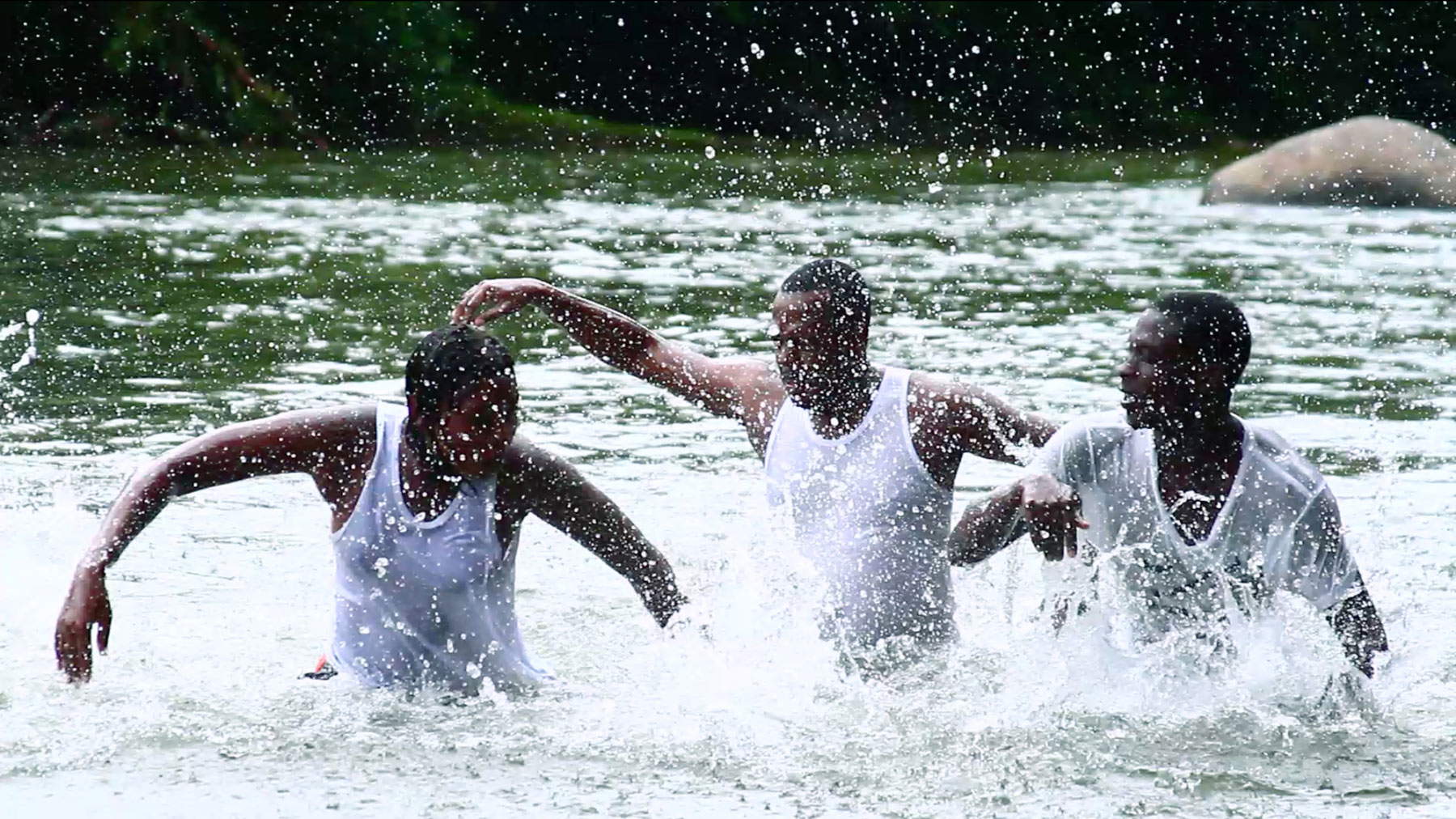 |
| Marcos Ávila-Forero, Atrato (2014; video). Courtesy Courtesy of the artist and ADN Galeria. |
Warning: the translation into English of the original Italian article was created using automatic tools. We undertake to review all articles, but we do not guarantee the total absence of inaccuracies in the translation due to the program. You can find the original by clicking on the ITA button. If you find any mistake,please contact us.